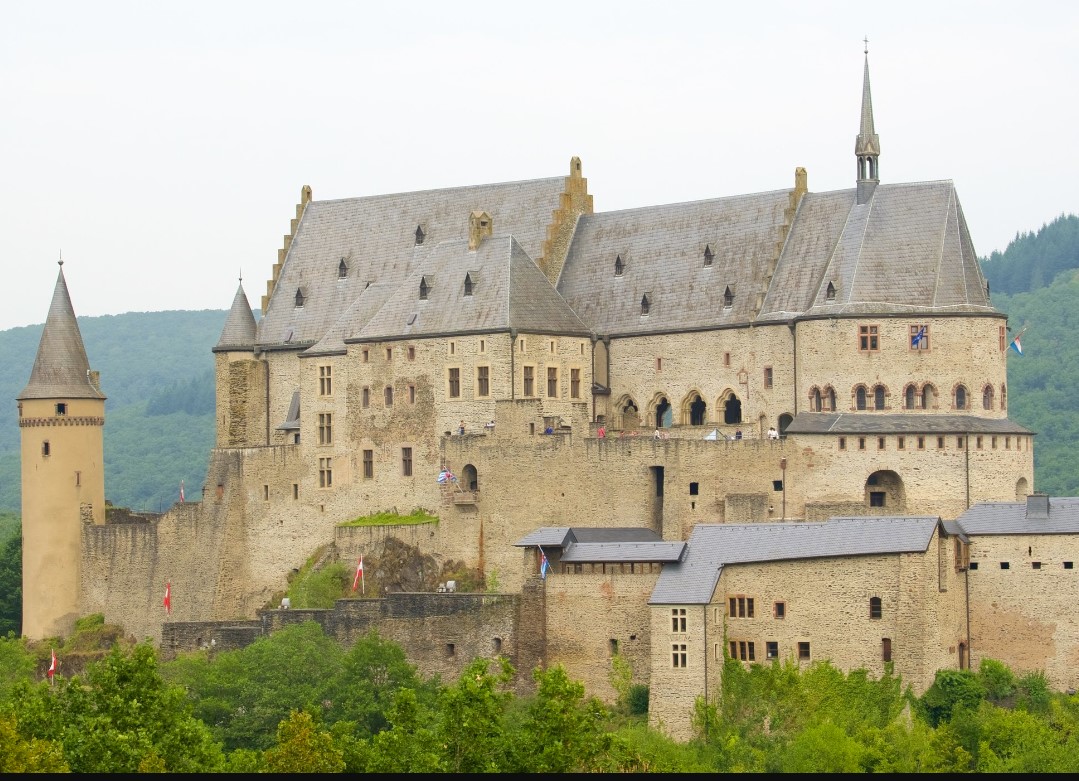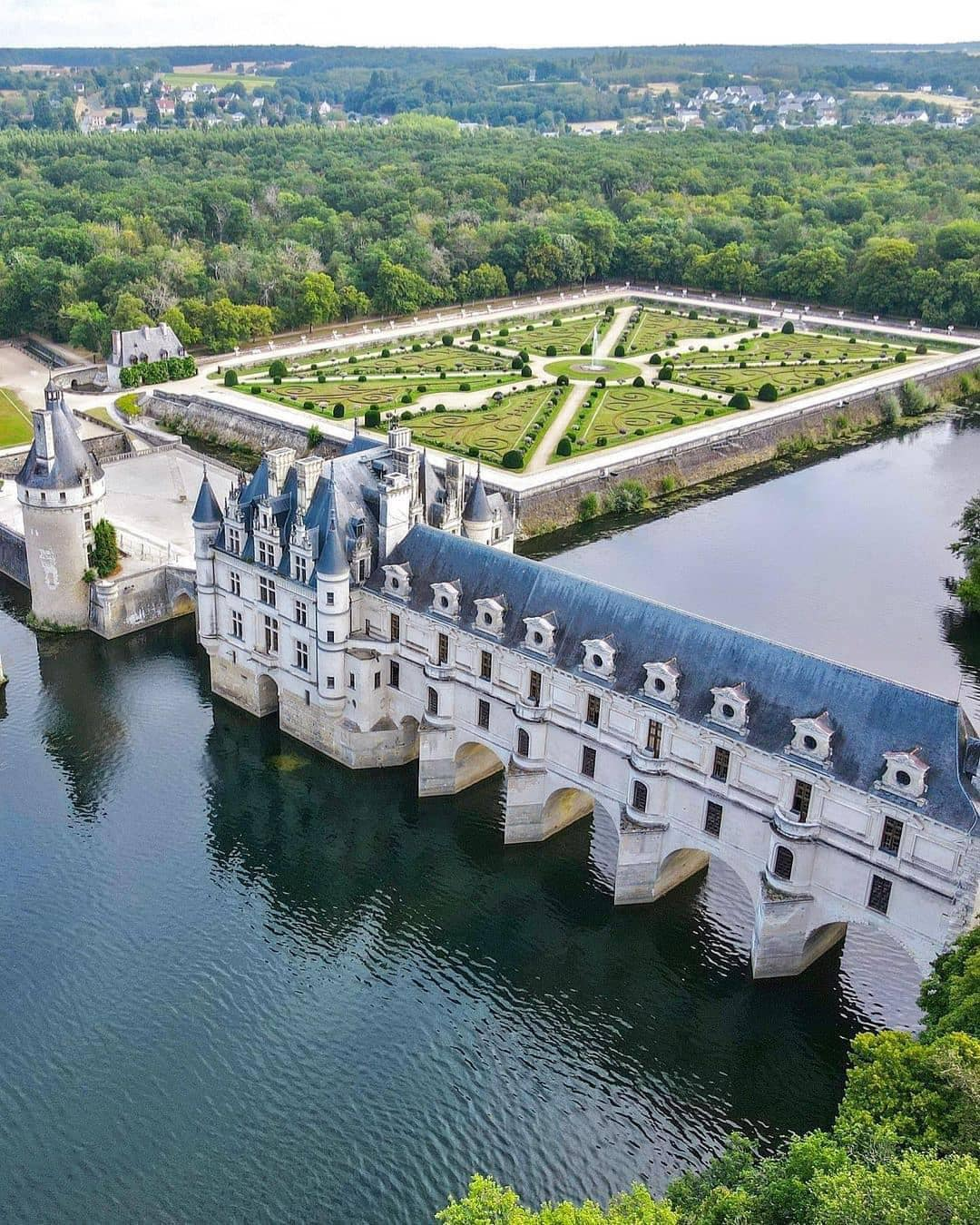Beaumaris Castle, located in Beaumaris on the Isle of Anglesey in Wales, stands as a remarkable testament to medieval military architecture and the ambitions of King Edward I of England. Begun in 1295, Beaumaris was the last and the largest of the castles constructed by Edward in his campaign to conquer and secure Wales. Designed by the Savoyard architect James of St. George, the castle exemplifies the height of concentric castle design, characterized by multiple layers of fortification walls, one within the other, creating a formidable defense system.
The construction of Beaumaris Castle was part of Edward I’s strategy to subdue the Welsh and establish English dominance in the region. This was achieved not only through military might but also by establishing new towns, like Beaumaris, which were fortified and populated with English settlers. The castle’s strategic location on the Menai Strait allowed it to control access by sea and support the movement of troops and supplies.
Beaumaris Castle is often regarded as one of the most technically perfect castles in Britain, even though it was never fully completed. The design features near-symmetrical concentric “walls within walls,” with an impressive gatehouse, massive outer walls, and inner walls containing living quarters and defensive positions. The outer wall is fortified with numerous defensive towers, while the inner wall, taller and thicker, includes four corner towers and two large gatehouses. The inner ward also contains a chapel, great hall, and residential buildings, showcasing the blend of defensive and domestic architecture.
A notable aspect of Beaumaris Castle is its water-filled moat, connected to the sea, which added an additional layer of defense and facilitated the transport of supplies directly to the castle. The moat, along with the castle’s symmetrical design, made it a formidable stronghold that would have been extremely difficult to besiege.
Despite its impressive design and strategic importance, the construction of Beaumaris Castle was halted in 1330 due to financial constraints and shifting political priorities. Consequently, it was never fully completed, though it remained a significant military asset. During the English Civil War in the 17th century, the castle was garrisoned but saw limited action. In the subsequent centuries, it fell into disrepair, becoming a picturesque ruin and a symbol of medieval martial prowess.
Today, Beaumaris Castle is a UNESCO World Heritage Site, recognized as part of the “Castles and Town Walls of King Edward in Gwynedd.” It attracts numerous visitors who come to marvel at its architectural sophistication and historical significance. The castle’s well-preserved remains offer insight into medieval military engineering and the historical context of Edward I’s campaigns in Wales.
In summary, Beaumaris Castle stands as a monumental relic of medieval military architecture, embodying the strategic and architectural advancements of its time. Its near-perfect concentric design, strategic location, and the combination of defensive and domestic elements reflect the ingenuity of its architects and the broader context of Edward I’s efforts to control Wales. Despite its incomplete state, Beaumaris remains a significant historical and cultural landmark, drawing visitors and historians alike to explore its storied past.


